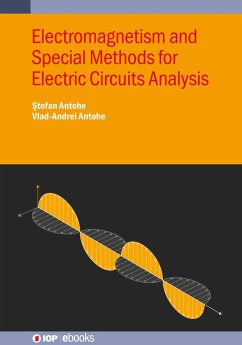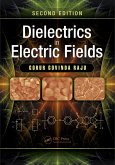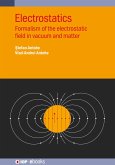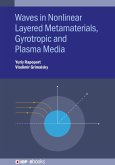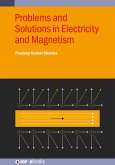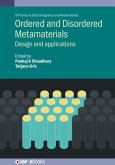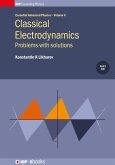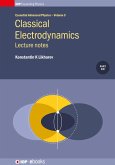This textbook is derived from modules forming a full course in Electricity and Magnetism (E&M) as given by the authors. Thoroughly class tested over many years and incorporating numerous worked examples and problems, the textbook presents the second part of such a course and is focussed on the classical electrodynamics, the branch of theoretical physics that studies the phenomena related to moving electric charges. As a stand-alone textbook, it is suitable for students taking a general E&M course or for those undertaking a more specialised course in electromagnetism and electrodynamics. The theoretical concepts are consistently blended with examples of real-life applications. The advanced math support required to follow the scientific content of the textbook is provided in the appendixes included with the first part of the series (https://iopscience.iop.org/book/mono/978-0-7503-5859-0).
Key Features:
Key Features:
- Thoroughly class tested
- Numerous examples of applications, worked example problems and exercises
- Includes special conduction mechanisms in media, other than metals
- Extensive study of electrokinetics and magnetostatics
- Special methods to solve direct current (DC) circuits
- Analysis of the circuits in non-stationary conditions, i.e., in transitory regime
- Analysis of the circuits in quasi-stationary conditions, i.e., in alternating current (AC) regime
- Electromagnetic field and electromagnetic waves
Dieser Download kann aus rechtlichen Gründen nur mit Rechnungsadresse in A, D ausgeliefert werden.

